After years of extreme drought, the Western US has finally caught a break. But it may be a short one.

Benji Jones is a senior environmental reporter at Vox, covering biodiversity loss and climate change. Before joining Vox, he was a senior energy reporter at Insider. Benji previously worked as a wildlife researcher.
Less than a year ago, California was facing an epic drought. With reservoirs running dry and rivers shrinking, the state, and much of the broader American West, was facing steep, highly consequential water cuts. Some farmers let their fields lie fallow. Cities implemented water restrictions. And the threat of even deeper cuts loomed.
Then came a winter of rain and snow that inundated central California.
And then came Hurricane Hilary.
The first tropical storm to hit Southern California in 84 years, Hilary brought record quantities of rain to desert cities like Palm Springs earlier this week. Some regions got a year’s worth of rain in a matter of hours. The Imperial Valley, the state’s southern epicenter of farming — which was threatened by steep water restrictions as recently as last year — also received heavy rainfall from the storm.
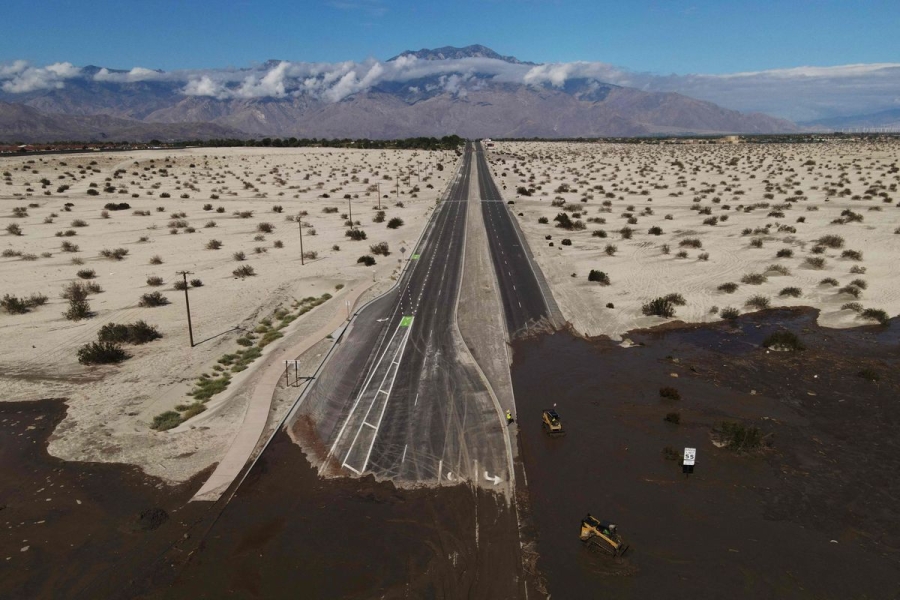
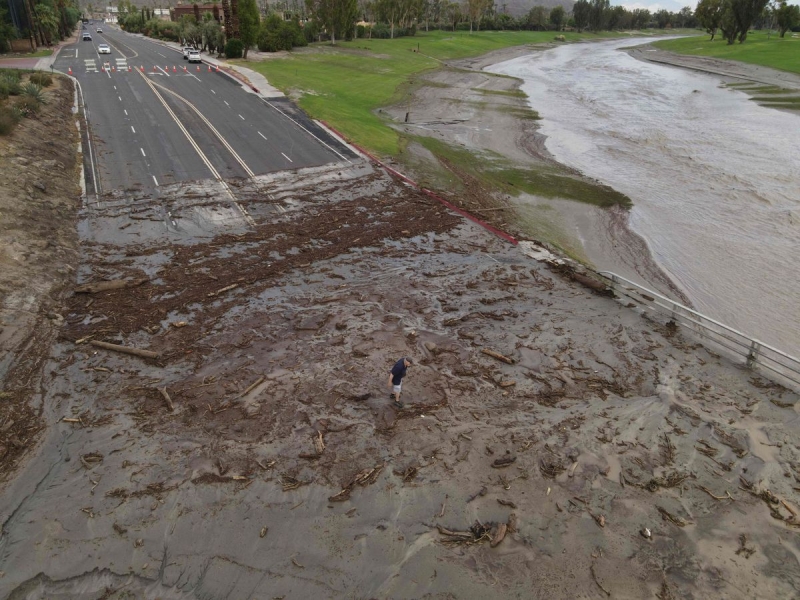
Following periods of extreme drought, deluges like this are especially dangerous. The ground is dry, hard, and prone to erosion, so much of the water runs off, taking all kinds of debris with it. That can worsen flooding and cause mudslides.
“In the southeast deserts of California, the landscape is not used to this type of extreme rainfall, and so a lot of it translates to flash flooding,” Dan McEvoy, a researcher at the Western Regional Climate Center, told Vox.
Yet there might also be something of a silver lining here. Hurricane Hilary and a winter of rain brought California some relief from drought. Now the critical question is: How long will it last?
California is no longer in drought conditions
Last fall, nearly all of California was in severe, extreme, or exceptional drought, according to the US Drought Monitor. And at the time, the state was in the driest three-year period on record. It seemed like the drought would never end.
Winter months, however, brought much needed — and largely unexpected — relief. Ribbons of moisture in the air, known as atmospheric rivers, dumped many inches of rain and snow in California and parts of the Colorado River basin.
By April, California’s snowpack was double the average. By May, only a small fraction of the state was in a moderate drought.
“The past winter was just a game-changer for drought in California,” McEvoy said.
That means that even before Hilary struck California on Sunday, the state was largely drought-free, and statewide reservoirs were well above average. The storm only added water to an already wet year.
What’s more, one of the few areas that remained in drought heading into this past weekend — the southeastern corner of the state, just north of the Mexican border — saw a tremendous amount of rain from Hilary.
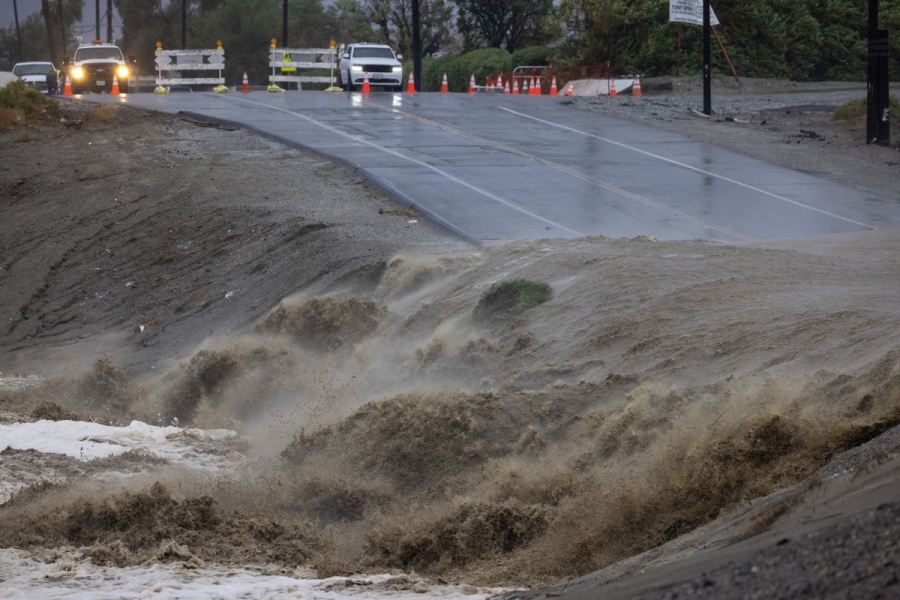
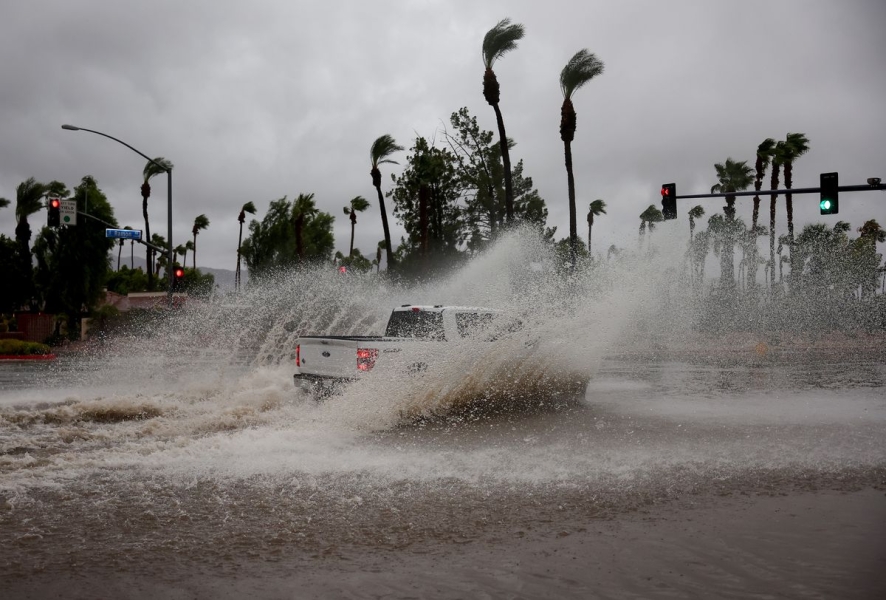
Simply put, there is no drought in California anymore. And in the short term, that does dampen a few problems.
California’s big rain year has eased fights over the Colorado River
There is perhaps no stretch of water in the US more contentious than the Colorado River. Rushing south from the mountains of Colorado to northwestern Mexico, the river provides water to some 40 million people across seven states including California, 30 or so Indigenous tribes, and Mexico. It also waters a lot of farms, including nearly all of those that supply US grocery stores with winter veggies.
For more than a century, all those different users have been arguing over how to divvy up the river’s water, and those fights hit a boiling point last summer. Facing a massive shortfall in water — due to drought and gross mismanagement — the federal government called on those users, including water agencies in California, to cut usage by as much as a quarter in the near term.
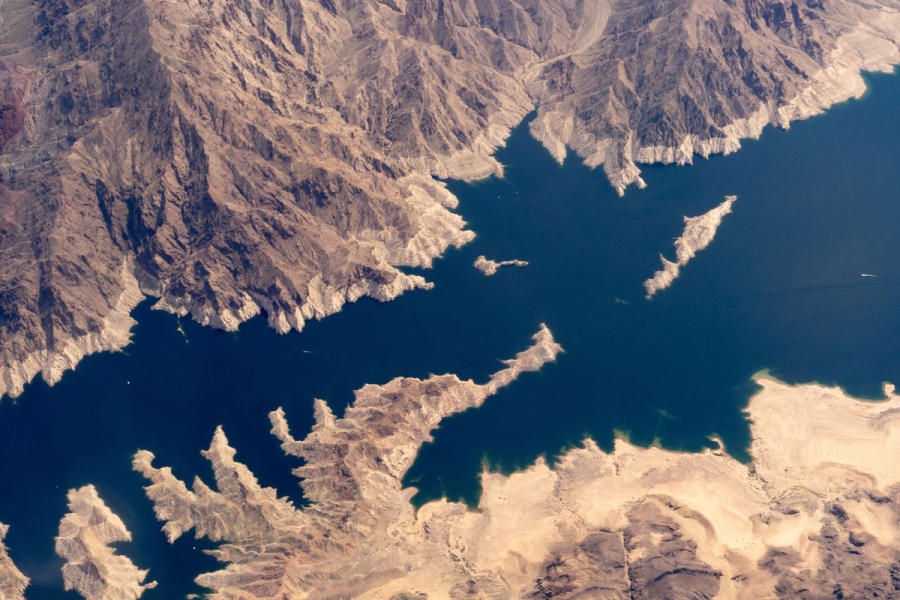
For much of the last year, users of the Colorado River have been debating about how to cut their consumption and meet the government’s demands. But they caught a break. The winter rainstorms that pelted California — the river’s largest user — also helped recharge its two largest reservoirs, Lake Powell and Lake Mead. That limits the extent of cuts needed to protect the river over the next year.
“The above-average precipitation this year was a welcome relief,” Camille Calimlim Touton, commissioner of the US Bureau of Reclamation, said in a statement earlier this month. “Coupled with our hard work for system conservation, we have the time to focus on the long-term sustainability solutions needed in the Colorado River Basin.”
The deluge from Hilary could help a bit, too, especially because it unleashed enormous amounts of rain on farmland in the Imperial Valley and Yuma, Arizona — two regions that draw enormous sums of water from the river. In the short term, farmers may need less river water, as will urban regions in Southern California that might otherwise draw water from their river allotment, although these impacts will likely be minimal.
“This extra water now does put us in even better shape for next year,” Alex Hall, a climate scientist and professor at the University of California Los Angeles, told Vox.
The recent deluges don’t simply reverse the Western drought
Following years of extreme drought, a wet winter and heavy rainfall from a tropical storm are obviously good. But they don’t exactly “solve” the state’s long-term drought. There’s an important difference between California being out of drought conditions — that’s where things are today — and actually reversing the drought.
Despite all of the recent precipitation, a lot of problems are still in place. Drought and overconsumption of water in California, and the broader American West, have drawn down aquifers, emptied water bodies, like the Salton Sea, and transformed forest ecosystems that evolved with more rain. Those problems can’t be solved by a wet year, or even a few wet years.
Fed by farmland runoff, the Salton Sea — the largest lake in California by surface area — has shrunk by roughly 38 square miles over the last decade. A few inches of rain from Hilary is just a drop in a very large bucket. And while aquifers will rebound to some extent after a year of abundant rain, they typically don’t fully recover, McEvoy said.
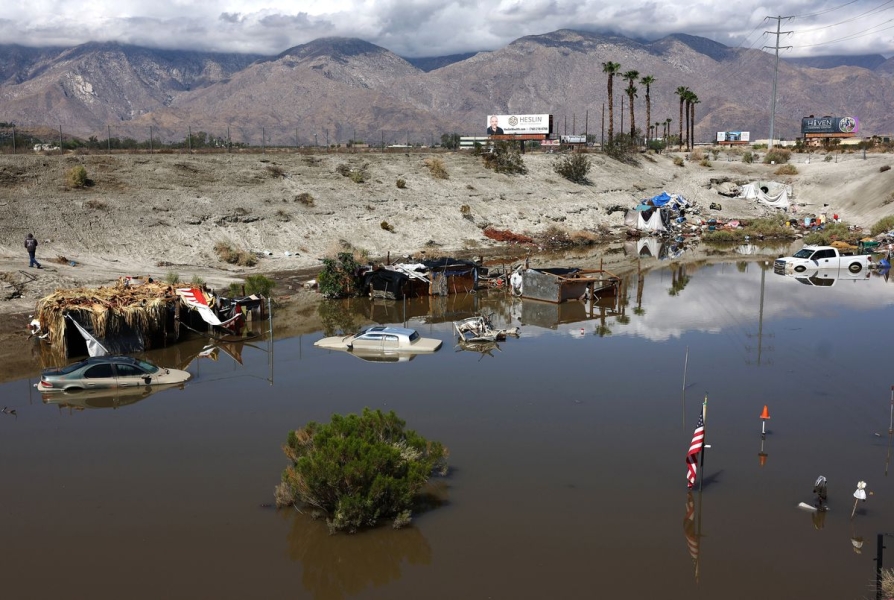
In California, the impact of wet years is also fleeting, as the state doesn’t have enough infrastructure to store all that water for dry years. A lot of the precipitation runs into the ocean instead of into reservoirs. “We don’t do a great job of capturing local stormwater, whenever it occurs,” Hall said.
That’s one reason why rain from Hilary won’t do much to benefit water shortages in Southern California in the long term. There’s hardly any storage capacity in that part of the state; most of California’s water storage is in the north, where it captures runoff from the Sierra Nevada mountains.
The Colorado River system, meanwhile, has a lot more storage than California — Lake Mead and Lake Powell are the nation’s two largest reservoirs. That’s good for periods of drought in the West, but it also means they take a lot more than one wet year to recover, said Michael Cohen, a senior researcher at the Pacific Institute. They’re still only about a third full.
“I wouldn’t say we’re out of the drought,” Cohen said, referring to the Colorado River Basin. “We don’t know what’s going to happen this winter. What we’ve seen in the Colorado River Basin is that you get a good wet year and it’s often followed by two or three much, much drier years.”
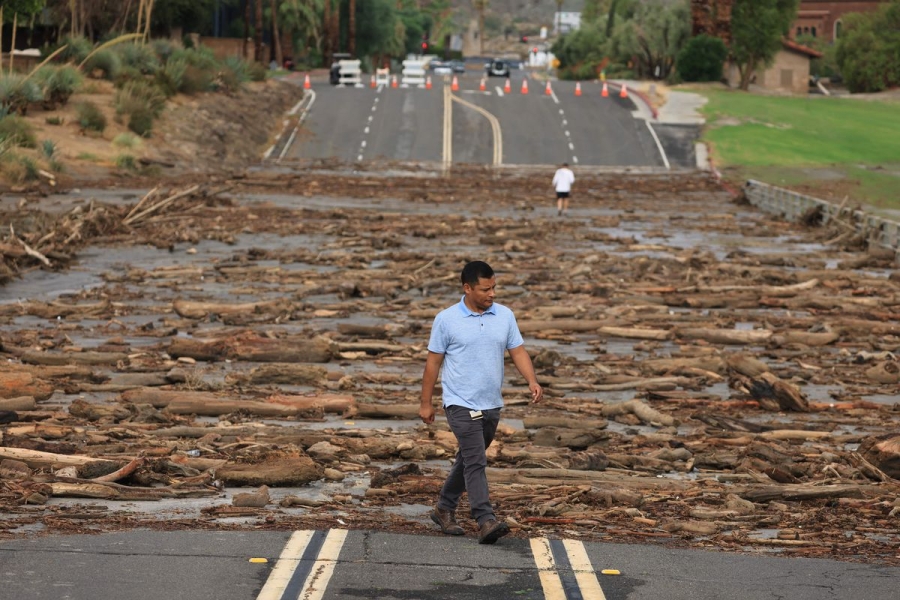
This point is key: The weather of the future is not the weather of the past. While climate change can intensify hurricanes and rainstorms, it’s also deepening drought, and these two effects don’t just cancel each other out. The megadrought in the American West — which has lasted more than two decades — is a clear example of that. And for better or worse, hurricanes in California are extremely uncommon. They’re not a reliable source of water in the decades ahead.
Indeed, all the water that California received this year is almost certainly temporary. It behooves authorities to prepare for a much drier future, McEvoy said.
“Just because this really big winter made a huge dent doesn’t mean that we don’t have to start thinking about the next drought,” he said. “The next drought is coming.”
Rachel DuRose contributed reporting to this article.
Source: vox.com






